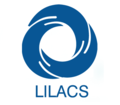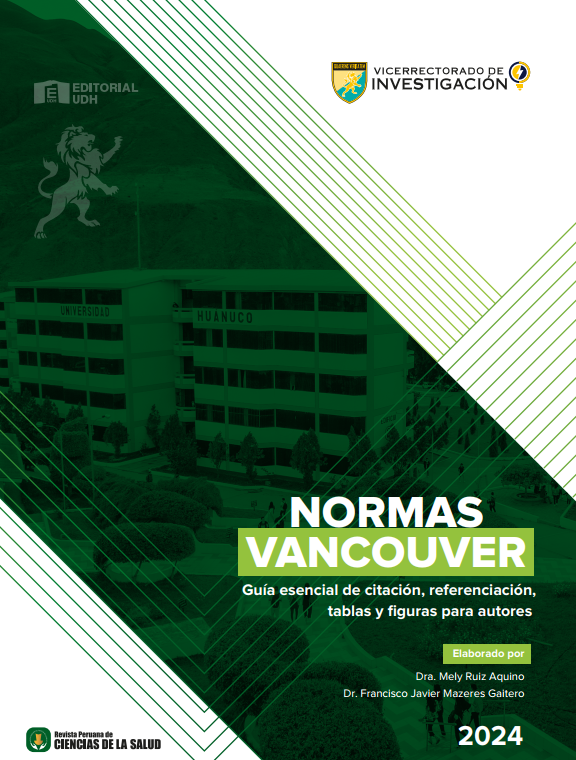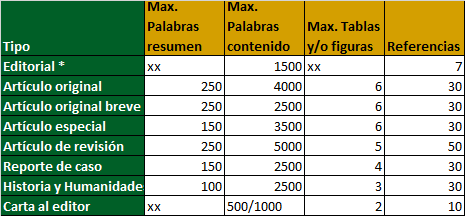Conductas alimentarias de riesgo y autoconcepto físico en estudiantes de Enfermería en Huánuco
DOI:
https://doi.org/10.37711/rpcs.2019.1.2.18Palabras clave:
adolescente, Adulto joven, Adulto, catolicismo, Estudios prospectivos, Universidades, Distribución Chi-Square, Padres, Comportamiento de alimentación, Estudiantes, Encuestas y cuestionarios, Autoconcepto, Demografía, ProbabilidadResumen
Objetivo. Determinar la relación entre las conductas alimentarias de riesgo y el autoconcepto físico que tienen los estudiantes de Enfermería de la Universidad Nacional Hermilio Valdizán, en Huánuco al 2018. Método. Se realizó un estudio observacional, prospectivo y analítico. Se aplicó un cuestionario de datos sociodemográficos, el Cuestionario Breve de Conductas Alimentarias de Riesgo y el Cuestionario de Autoconcepto Físico, a 141 estudiantes de Enfermería, a través del muestreo probabilístico por cuotas. Para la comprobación de la hipótesis se utilizó la Prueba V de Cramer, basada en el valor de Chi cuadrado, con una probabilidad de significancia de 0,05. Resultados. Se evidenció que la mayor proporción de estudiantes tienen entre 18 y 22 años, pertenecen al género femenino y son solteros. El 37,6 % residen en Huánuco, un 53,2 % vive con sus padres, el 65,2 % fue
católico, el 79,4 % sólo estudia y el 66 % consumía sus alimentos en su casa. Un 14,2 % tuvo conducta alimentaria de riesgo y en el autoconcepto físico, un 79,4 % presentó nivel medio de percepción positiva. Existe relación entre las conductas alimentarias de riesgo y el nivel de autoconcepto físico en las dimensiones: condición física, autoconcepto físico general, autoconcepto
general (débil asociación) y atractivo físico (asociación moderada). No encontrándose relación con las dimensiones: habilidad física y en fuerza. Conclusión. Existe relación entre las conductas alimentarias de riesgo y el autoconcepto físico (x2 : 14,627 y un p = 0,001), con un nivel de asociación moderado (V de Cramer = 0,322).
Descargas
Descargas
Publicado
Número
Sección
Licencia
Derechos de autor 2019 Revista Peruana de Ciencias de la Salud

Esta obra está bajo una licencia internacional Creative Commons Atribución 4.0.






















